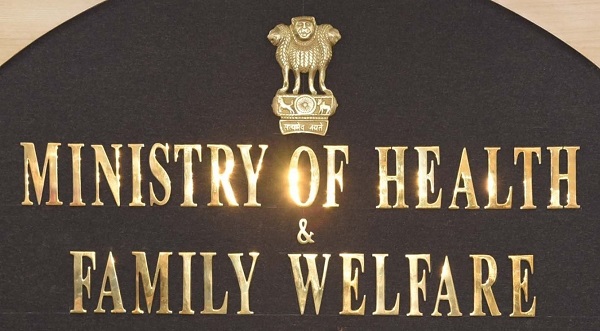New Delhi, (Asian independent) The Global Hunger Index (GHI) is an erroneous measure of hunger and suffers from serious methodological issues, Union Health Ministry sources said on Tuesday after India was ranked 107th out of 121 countries in this year’s rankings.
Three out of four indicators used for calculation are related to health of children and cannot be representative of the entire population, the sources said.
The fourth indicator, ‘Estimate of Proportion of Undernourished Population (PoU)’ for India is 16.3 per cent. The data collected from a miniscule sample of 3,000 for a country of India’s size has been used to compute this which is statistically wrong, lacks validity, biased, and unethical, the sources said.
According to the Indian Council of Medical Research (ICMR), the indicators of undernourishment, stunting, wasting and child mortality do not measure hunger per se, as these are not the manifestations of hunger alone.
Undernourishment, stunting, wasting and child mortality are not the consequences of hunger alone, as these manifestations are seen among the relatively rich as well, the sources said.
According to NFHS-2015-16 & NSSO, the measured proportions of undernourishment, stunted and wasted children in the two wealth quantiles (4th and 5th) were 7.3, 25.7 and 18.6 per cent, respectively, while the under-five mortality per 1000 live births was 25.8.
“Many of the measures that are used to evolve an index that measures hunger are probably contextual. The GHI exaggerates the measure of hunger, lacks statistical vigour, has a problem of multiple counts, and gives higher representation to under-five children,” the sources said.
“The framing of questions was inappropriate and negative, fro e.g., the respondents were asked: ‘During the last 12 months, was there a time when, because of lack of money or other resources, you were worried that you would not have enough food to eat? You ate less than you thought you should?’
“Inclusion of such questions signifies that the agencies had pre-formed biases and did not search for facts based on relevant information about the delivery of nutritional support and assurance of food security by the government,” an official said.
The inclusion of stunting as an indicator in GHI has implicit assumption that those who are hungry are likely to be short-statured. This can be contested since a child’s height is dependent on both maternal and paternal stature.
“The inclusion of child mortality as an indicator under GHI has the underlying assumption that hunger is the major cause of child mortality. This is, however, not supported by the data on the cause of death for children under five years and thus is questionable,” the sources said.








